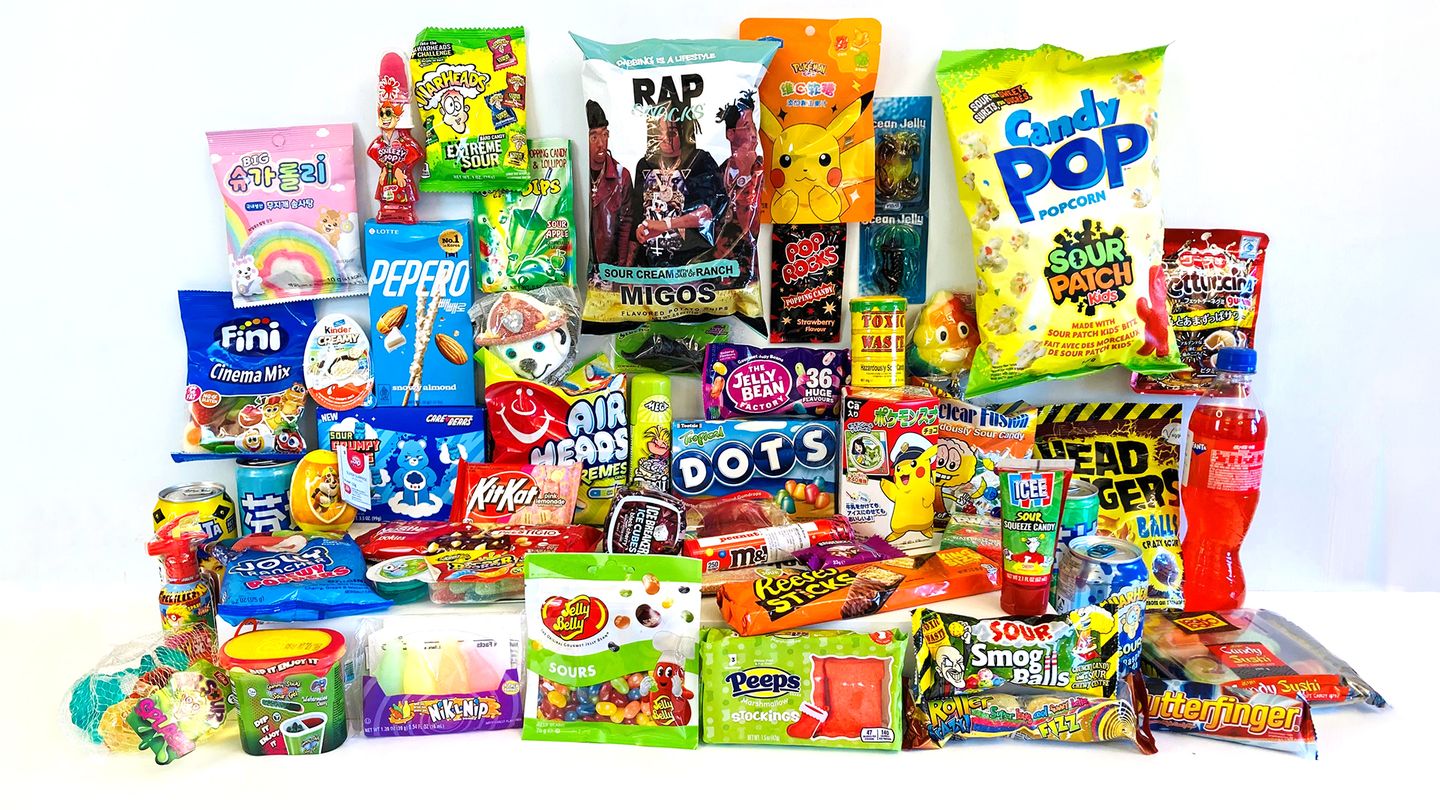Menu
Candy Challenge – Foodwatch warns of these extreme sweets
Categories
Most Read
New rules from October 9th: More protection for bank customers when making transfers in seconds
October 9, 2025
No Comments
Three questions, three answers: Biggest IPO of the year? Ottobock issues shares
October 9, 2025
No Comments
Relationship and money: How to manage your finances as a couple
October 9, 2025
No Comments
Trade: Germany main target for counterfeits – billions in damage
October 9, 2025
No Comments
Former ARCA official warned that the new Criminal Tax Law could get bogged down in the Courts
October 8, 2025
No Comments
Latest Posts

Ice hockey: Despite 400th NHL goal and 3-0 lead: defeat for Draisaitl
October 9, 2025
No Comments
PierceI am Pierce Boyd, a driven and ambitious professional working in the news industry. I have been writing for 24 Hours Worlds for over five

Documentary series “Victoria Beckham”: Emotional premiere in London
October 9, 2025
No Comments
Lisa HarrisI am an author and journalist who has worked in the entertainment industry for over a decade. I currently work as a news editor

Cristiano Ronaldo rises into elite circles. The situation in the morning
October 9, 2025
No Comments
morning star Cristiano Ronaldo is floating in new spheres Cristiano Ronaldo rises into elite circles. How to avoid arguments about money. And: The strange relationship
24 Hours Worlds is a comprehensive source of instant world current affairs, offering up-to-the-minute coverage of breaking news and events from around the globe. With a team of experienced journalists and experts on hand 24/7.

